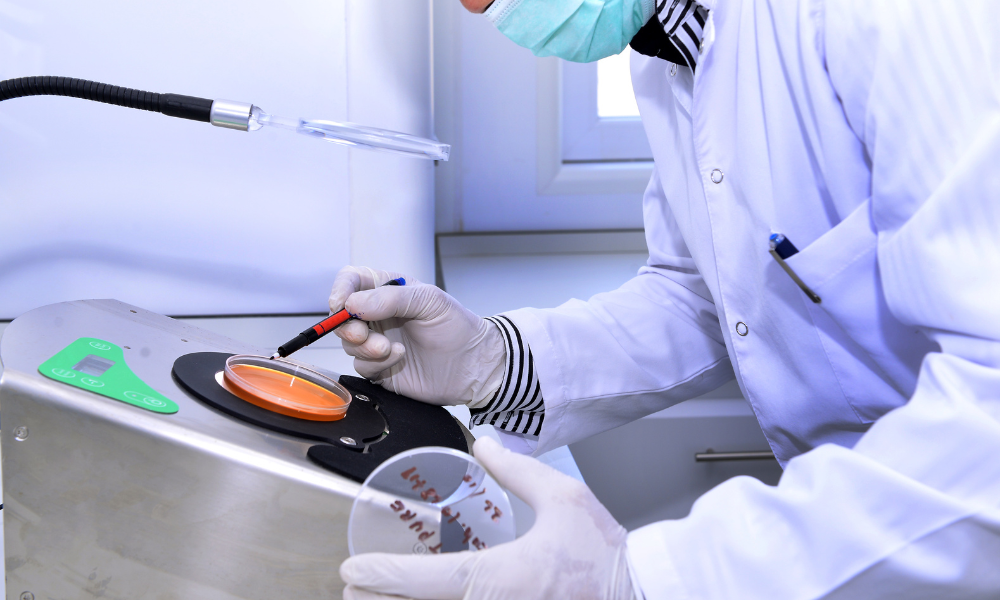Resources
Beyond Pass/Fail: Why USP 51 Demands a More Scientific Approach to Antimicrobial Efficacy Testing

Pharmaceutical, cosmetic, and personal care products containing aqueous components are susceptible to microbial contamination—especially during manufacturing and consumer use. To ensure product safety and stability over time, the United States Pharmacopeia (USP) <51> Antimicrobial Effectiveness Testing (AET) remains one of the most widely accepted standardized methods for evaluating preservative performance.
However, many testing providers offer only a basic interpretation: pass or fail. This binary perspective can overlook key insights, delay product development, or lead to unnecessary reformulations. At iFyber, we believe USP <51> should be more than a checkbox, it should be a diagnostic tool that informs product strategy and development.
Why USP <51> Still Matters in Modern Formulation Science
Despite being established decades ago, USP <51> remains a critical quality assurance method for any product formulated with preservatives. The FDA, EMA, and other regulatory agencies still expect adherence to the assay’s parameters, especially for products destined for global markets.
The test challenges the formulation with a defined panel of five microorganisms – including E. coli (ATCC 8739), P. aeruginosa (ATCC 9027), and Candida albicans (ATCC 10231) – representing common routes of contamination. Depending on product category, acceptance criteria can require a ≥3-log reduction within 14 days, with no increase at 28 days.
Recent publications underscore the ongoing importance of this assay. For instance, a 2021 study in the International Journal of Cosmetic Science highlighted how improperly neutralized preservatives can yield misleading results, delaying time to market or risking unsafe product release. This supports the necessity of neutralization validation as a precursor to testing.
Common Pitfalls in USP <51> Execution
Scientific precision is paramount when performing AET. iFyber frequently encounters sponsors whose prior assays failed due to:
- Inadequate neutralization protocols – Residual antimicrobial activity can suppress growth artificially, yielding false negatives.
- Poor media verification – Failure to conduct sterility and growth promotion testing can compromise results.
- Overlooked product-specific interactions – Some excipients interact with test organisms, skewing log reduction counts.
Each of these issues can be mitigated with a pre-assay suitability study, a service iFyber routinely includes to ensure accurate data generation.
Why a Consultative Approach Matters
iFyber’s clients range from early-stage biotech startups to established pharmaceutical companies. In every case, our team of microbiologists and formulation scientists offers more than just a test—we provide interpretive data and expert guidance.
Whether a product fails due to microbial rebound or incomplete reduction, we support:
- Alternative preservative system evaluations
- Test condition modifications
- Detailed root-cause analyses
This proactive model can save months of reformulation and retesting.
USP <51> remains a regulatory cornerstone, but its true power lies in how it’s applied. At iFyber, we are a contract research organization (CRO) that aims to provide data-driven insight, not just a certificate of analysis. If your preservative system is in question, or if prior results have stalled your timeline, consider a more scientific approach to AET.
Connect with our microbiology team to discuss your formulation’s readiness for USP <51>. Contact iFyber today.
